 Having worked professionally for over 20 years with a background of animal sciences I have always looked deeper into seasonal changes and how to carp historically react to them, as spring breathes new life into our freshwater ecosystems, carp emerge from their winter dormancy, ready to embrace the challenges and opportunities that lie ahead. The interplay of increased metabolism, shifting habitats, and dynamic behaviours creates a captivating spectacle for us as anglers and nature enthusiasts.
Having worked professionally for over 20 years with a background of animal sciences I have always looked deeper into seasonal changes and how to carp historically react to them, as spring breathes new life into our freshwater ecosystems, carp emerge from their winter dormancy, ready to embrace the challenges and opportunities that lie ahead. The interplay of increased metabolism, shifting habitats, and dynamic behaviours creates a captivating spectacle for us as anglers and nature enthusiasts.
Understanding the science behind these changes not only enhances our appreciation of carp biology but also informs effective fishing strategies and conservation efforts. Whether you’re casting a line or simply enjoying a day by the water, I think its important to take a moment to marvel at the intricate lives of these remarkable fish as they thrive in the vibrant tapestry of spring. As the season unfolds, the story of carp continues, revealing the beauty and complexity of life beneath the water's surface. As winter retreats and the warmth of spring begins to permeate aquatic environments, carp undergo a significant transformation. This transition is not merely a seasonal change; it is a complex interplay of physiological and behavioural adaptations that are crucial for the survival and reproductive success of these resilient fish.
As winter retreats and the warmth of spring begins to permeate aquatic environments, carp undergo a significant transformation. This transition is not merely a seasonal change; it is a complex interplay of physiological and behavioural adaptations that are crucial for the survival and reproductive success of these resilient fish.
The onset of spring brings about several physiological changes in carp. As water temperatures rise, carp experience an increase in metabolic rates, which prompts them to become more active after the lethargy of winter.
As an avid carp fishing enthusiast, I have always enjoyed my spring fishing due to having have a prime opportunity to capitalize on the unique behaviours and feeding patterns of carp during this transformative season. Understanding how carp react to the warming waters has significantly enhanced my chances of success. Here’s my thoughts on how us as anglers can approach catching these resilient fish in the spring. With the onset of spring, carp experience a surge in activity, primarily driven by the availability of natural food sources. As the water warms, algae, aquatic plants, and various invertebrates flourish, creating a rich buffet for carp. This abundance leads to increased feeding efficiency as carp bulk up on energy reserves ahead of the spawning season,
With the onset of spring, carp experience a surge in activity, primarily driven by the availability of natural food sources. As the water warms, algae, aquatic plants, and various invertebrates flourish, creating a rich buffet for carp. This abundance leads to increased feeding efficiency as carp bulk up on energy reserves ahead of the spawning season,
As carp emerge from their winter dormancy and begin to actively seek out food sources in the warming waters, it's important to recognize that they may not be eating heavily right away. This transitional phase makes bait application critical for us as anglers looking to entice these fish. Instead of overwhelming them with large quantities of bait, focusing on small packages of high-protein offerings is often more effective. A carefully placed combination of a basic mix of crushed boilies, pellet and sweetcorn, can work wonders. These enticing morsels appeal to the waking carp without overwhelming their still-gentle appetite, allowing us to pinch a bite or two and enjoy the thrill of a catch while respecting the fish's gradual return to feeding. While zig fishing in the upper layers is a well-established and effective technique for targeting carp, particularly during the warmer days as spring moves in, when fish are actively feeding near the surface, it’s important to recognize that not all lakes permit this method. Additionally, not every angler feels comfortable or confident employing zig rigs, often due to a lack of experience or understanding of the technique. Therefore, it is essential to consider the specific conditions of the fishing location, including water depth, temperature, and the natural behaviour of the carp population in that lake. I have found it essential to remain flexible and open to alternative strategies. Always considering the unique characteristics of the water body that I am fishing.
While zig fishing in the upper layers is a well-established and effective technique for targeting carp, particularly during the warmer days as spring moves in, when fish are actively feeding near the surface, it’s important to recognize that not all lakes permit this method. Additionally, not every angler feels comfortable or confident employing zig rigs, often due to a lack of experience or understanding of the technique. Therefore, it is essential to consider the specific conditions of the fishing location, including water depth, temperature, and the natural behaviour of the carp population in that lake. I have found it essential to remain flexible and open to alternative strategies. Always considering the unique characteristics of the water body that I am fishing. During this time of year, I always opt for brighter coloured pop-ups when fishing, and there are several reasons for this choice. With the remnants of dead leaves still lining the bottoms of the lakes, particularly in shallower waters, it’s crucial that my hook baits stand out and don’t get lost amidst the murky debris. A vibrant pop-up can attract the attention of carp, making it easier for them to locate my bait, even in less-than-ideal conditions. Additionally, as carp emerge from their winter slumber, their senses may not be at full potential, making bright hook baits particularly effective in assisting them visually. These feeding spots take time to mature into clean beds, I focus on introducing small parcels of bait steadily rather than overwhelming the area. This approach not only keeps the spot discreet but also encourages the carp to feel more comfortable feeding without making it too obvious that they’re being targeted. By using brighter baits and managing my baiting strategy thoughtfully, I can enhance my chances of enticing those wary carp to take the bait.
During this time of year, I always opt for brighter coloured pop-ups when fishing, and there are several reasons for this choice. With the remnants of dead leaves still lining the bottoms of the lakes, particularly in shallower waters, it’s crucial that my hook baits stand out and don’t get lost amidst the murky debris. A vibrant pop-up can attract the attention of carp, making it easier for them to locate my bait, even in less-than-ideal conditions. Additionally, as carp emerge from their winter slumber, their senses may not be at full potential, making bright hook baits particularly effective in assisting them visually. These feeding spots take time to mature into clean beds, I focus on introducing small parcels of bait steadily rather than overwhelming the area. This approach not only keeps the spot discreet but also encourages the carp to feel more comfortable feeding without making it too obvious that they’re being targeted. By using brighter baits and managing my baiting strategy thoughtfully, I can enhance my chances of enticing those wary carp to take the bait.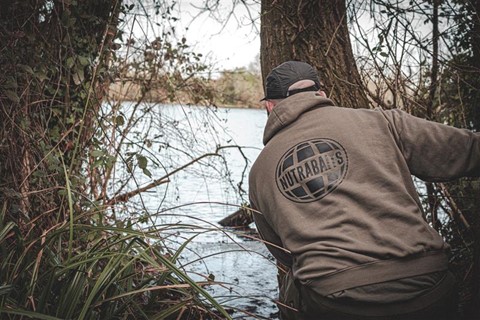 The Importance of Location from my perspective, as an avid carp angler, I've learned that one of the most critical factors in successful fishing is location. It’s not just about the right bait or technique, although these do have a large impact, it’s about understanding where the carp are and why they choose those spots. During my countless hours on the water, I’ve discovered that shallow waters, bays, and inlets are the key areas to focus on, especially as the seasons change.
The Importance of Location from my perspective, as an avid carp angler, I've learned that one of the most critical factors in successful fishing is location. It’s not just about the right bait or technique, although these do have a large impact, it’s about understanding where the carp are and why they choose those spots. During my countless hours on the water, I’ve discovered that shallow waters, bays, and inlets are the key areas to focus on, especially as the seasons change.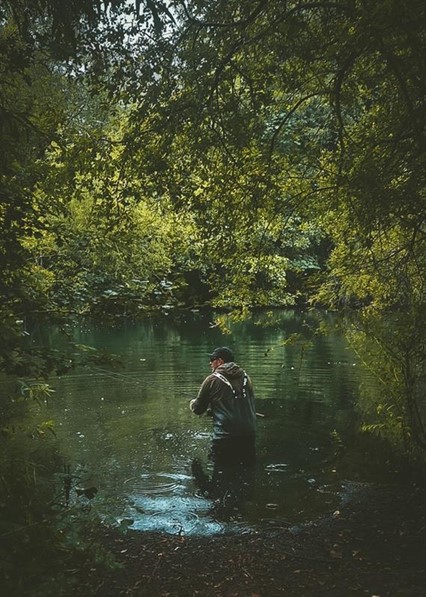 As spring unfolds and water temperatures begin to rise, carp instinctively move into shallower areas to feed and spawn. This is where my fishing strategy often takes shape. I’ve found that targeting these shallow zones can significantly increase my chances of success. Carp are naturally drawn to spots with dense vegetation, as these areas provide both food and cover. Aquatic plants not only serve as a source of nourishment but also create a sense of security for the fish. When I’m scouting for a fishing location, I always look for lush, green patches where the plants are thriving. These spots often indicate a healthy ecosystem, which is likely to attract carp that are foraging for food.
As spring unfolds and water temperatures begin to rise, carp instinctively move into shallower areas to feed and spawn. This is where my fishing strategy often takes shape. I’ve found that targeting these shallow zones can significantly increase my chances of success. Carp are naturally drawn to spots with dense vegetation, as these areas provide both food and cover. Aquatic plants not only serve as a source of nourishment but also create a sense of security for the fish. When I’m scouting for a fishing location, I always look for lush, green patches where the plants are thriving. These spots often indicate a healthy ecosystem, which is likely to attract carp that are foraging for food.
Bays and inlets are prime locations for carp fishing. These areas tend to be warmer and shallower, making them incredibly appealing to carp seeking food. The calm waters of bays and inlets provide a sanctuary for fish, allowing them to relax and feed without the disturbance of strong wind currents. I’ve had great success focusing my efforts in these regions.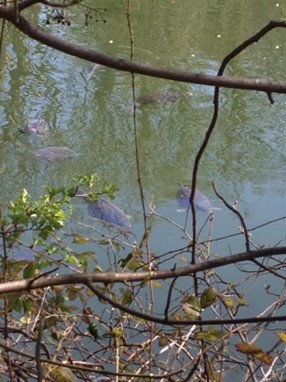 When I approach a bay or inlet, I pay attention to the slow-moving water. These spots often collect detritus and organic matter, creating a rich feeding ground for carp. I’ve learned that casting near the edges, where the windblown current meets still water, these areas can yield fantastic results. It’s in these transitional zones that I often see carp foraging, and I’ve had some of my best catches in these areas.
When I approach a bay or inlet, I pay attention to the slow-moving water. These spots often collect detritus and organic matter, creating a rich feeding ground for carp. I’ve learned that casting near the edges, where the windblown current meets still water, these areas can yield fantastic results. It’s in these transitional zones that I often see carp foraging, and I’ve had some of my best catches in these areas.
Ultimately, understanding the significance of location has been a game changer in my carp fishing. Targeting shallow waters, bays, and inlets has not only improved my catch rates but also deepened my appreciation for the habitats that support carp populations. As anglers, we must remain adaptable and observant, continually learning about the environments we fish in. By focusing on the right locations and observing the natural behaviours of carp, we can enhance our fishing experiences and connect more deeply with the waters we love. So, next time you’re out on the lake, remember location is everything, and the right spot can make all the difference in your carp fishing success.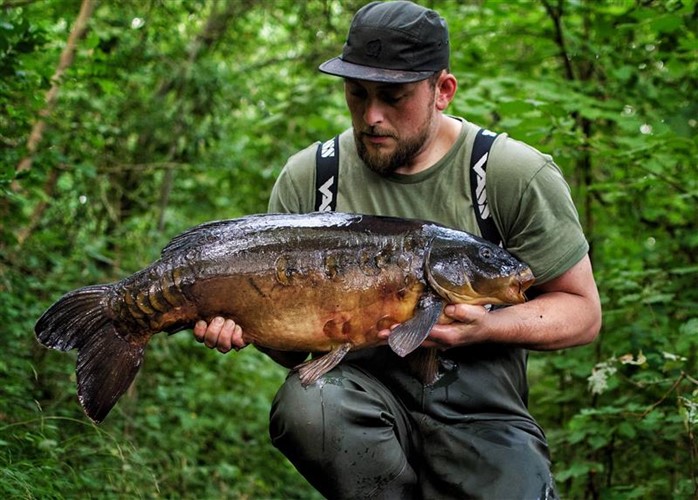 Alongside these physiological changes, carp exhibit notable behavioural adaptations as spring unfolds. These shifts are essential for their survival and reproductive success, the spring surge of carp is a remarkable phenomenon marked by significant physiological and behavioural adaptations. As they emerge from the dormancy of winter, carp harness the opportunities presented by the warming waters to feed, grow, and reproduce. Understanding these adaptations not only sheds light on the resilience of carp but also highlights the intricate connections between environmental changes and aquatic life cycles. As spring unfolds, the vibrant activity of carp serves as a reminder of the dynamic interplay within ecosystems, emphasizing the importance of preserving these habitats for future generations.
Alongside these physiological changes, carp exhibit notable behavioural adaptations as spring unfolds. These shifts are essential for their survival and reproductive success, the spring surge of carp is a remarkable phenomenon marked by significant physiological and behavioural adaptations. As they emerge from the dormancy of winter, carp harness the opportunities presented by the warming waters to feed, grow, and reproduce. Understanding these adaptations not only sheds light on the resilience of carp but also highlights the intricate connections between environmental changes and aquatic life cycles. As spring unfolds, the vibrant activity of carp serves as a reminder of the dynamic interplay within ecosystems, emphasizing the importance of preserving these habitats for future generations.
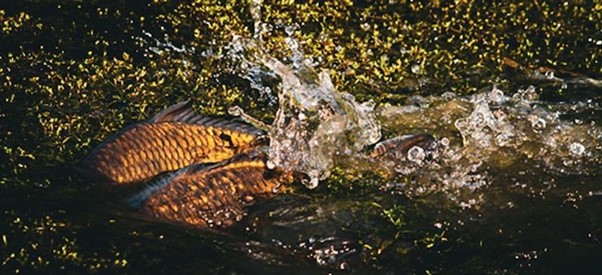 When to call it a day:
When to call it a day:
As passionate carp anglers, we often find ourselves excitedly pursuing our target fish, eager for the thrill of a catch and potentially it being at its biggest weight at this time of year. However, it's essential to recognize the importance of timing, especially during the spawning season. Understanding when to call it a day and leave the carp to spawn peacefully is crucial for the health of their population and the overall ecosystem.During the spawning season, typically occurring in late spring to early summer, but this can vary with weather conditions and ultimately water temperatures, carp become preoccupied with reproduction. They gather in shallow waters, often in areas rich with vegetation, where they can lay their eggs securely. This is a critical time for carp, as successful spawning is vital for the future of their population. As anglers, we must respect this natural cycle and give carp the space they need to fulfil their reproductive duties.
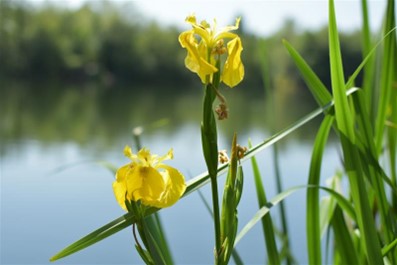 Knowing when to step back is just as important as knowing where to fish. Signs that it may be time to pack up include observing carp exhibiting spawning behaviours, such as rolling, splashing, or chasing one another. If you notice these activities, it’s a strong indication that the fish are focused on reproduction rather than feeding. Continuing to fish in these conditions can be disruptive and counterproductive.
Knowing when to step back is just as important as knowing where to fish. Signs that it may be time to pack up include observing carp exhibiting spawning behaviours, such as rolling, splashing, or chasing one another. If you notice these activities, it’s a strong indication that the fish are focused on reproduction rather than feeding. Continuing to fish in these conditions can be disruptive and counterproductive.If you find that your catch rate has significantly dropped, it’s a good time to consider leaving the water. Carp are less likely to take bait when they are preoccupied with spawning activities. By giving them the chance to spawn and fully recover afterward, we contribute to a healthier fishery and ensure that future generations of carp thrive.
As responsible anglers, it’s our duty to be mindful of the natural behaviours of carp, especially during spawning season. By knowing when to call it a day, we not only demonstrate respect for these magnificent fish but also promote sustainability within our fishing communities. Letting carp spawn peacefully ensures that we can continue to enjoy the thrill of fishing for years to come. So, when you see those signs, pack up your gear and leave the carp to their important work; the rewards of your patience will be felt in the long run.
Tom Hussey
